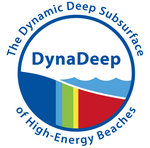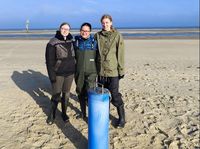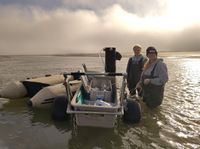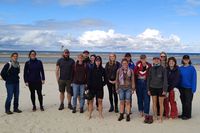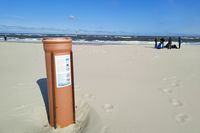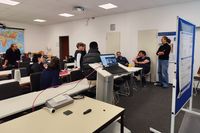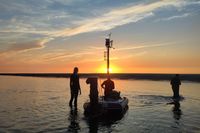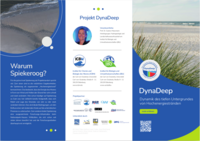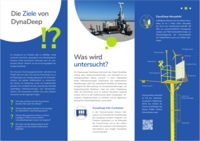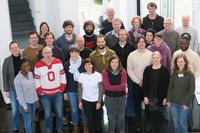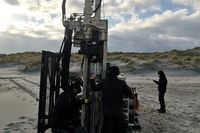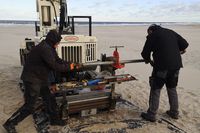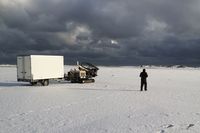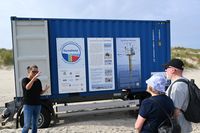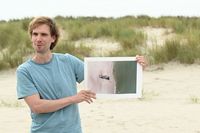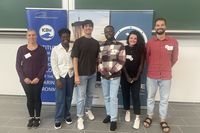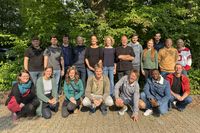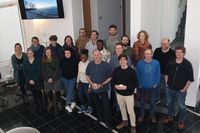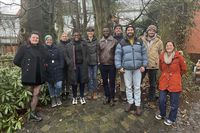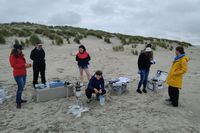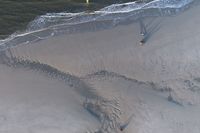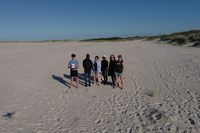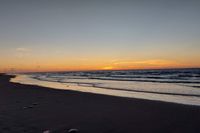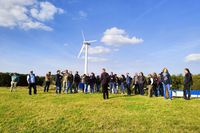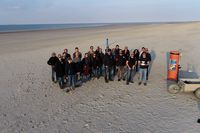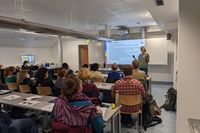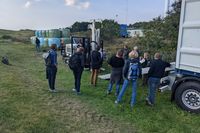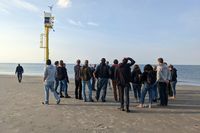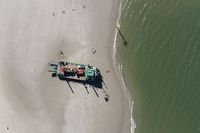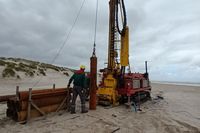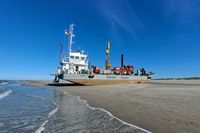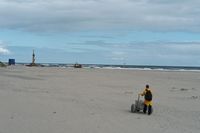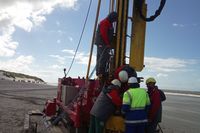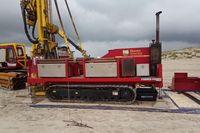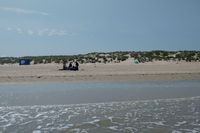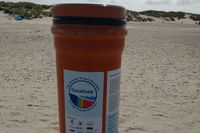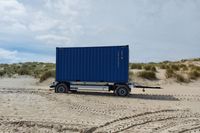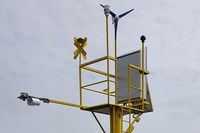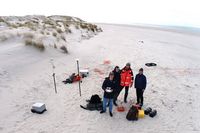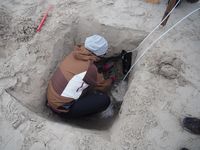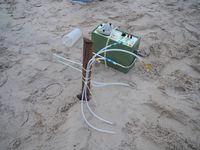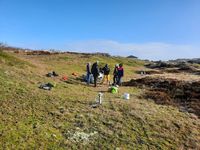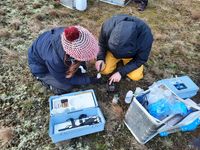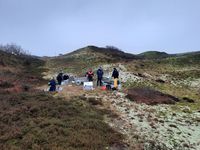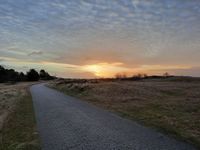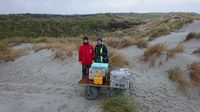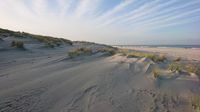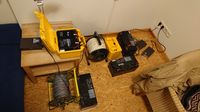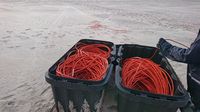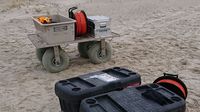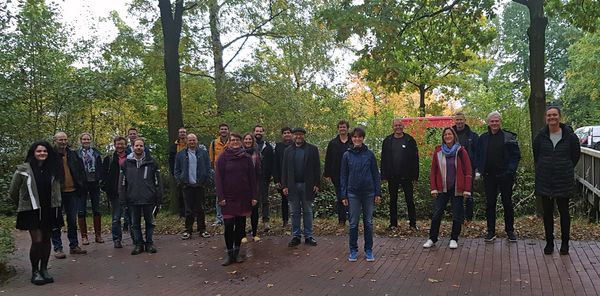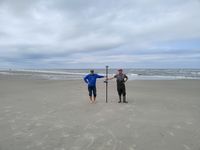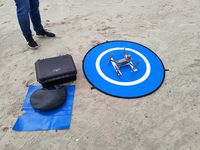From March 29 to 31, technicians from the University of Oldenburg were instructed in the operation of the scientific drilling device specially acquired for the DynaDeep research group by the German Research Foundation.
This special device makes it possible to take water samples from depths of up to 25 m, which can then be analyzed for various environmental parameters in the laboratories of the participating institutes. In addition, a probe can be used to very quickly determine the salinity of the water over the entire depth profile.
With the help of the scientific drilling device, the subsurface at the study site at the "Hundestrand" will be investigated several times a year over the next two years to gain a better understanding of the beach ecosystem.
At the same time, DynaDeep scientists from the Leibniz Institute for Applied Geophysics in Hannover used geophysical methods to visualize the salt distribution in the subsurface from the surface down to a depth of 40 meters. The first result: a very clear thick layer of salt water, originating from the heavy storm surges of the past months, can be traced in the subsurface down to the base of the dune and overlays the fresh water flowing out of the freshwater lens below.
With the help of a drone, the height of the terrain surface was measured at the same time. Over the next few years, researchers at Kiel University will thus gain insights into the extent of sediment rearrangement and the resulting change in the beach. This so-called morphodynamics also affects the groundwater flow in the subsurface.
The scientists were amazed at how much the beach has shortened as a result of the storm surges compared to the fall. The low tide line is currently found at the level of the former high tide line. The area between the high and low tide lines, the so-called intertidal, is much steeper and narrower. Overall, the distance between the base of the dune and the low-water line has shortened by 50-100 m compared to the fall. Over the summer, it will then be possible to observe with the help of the drone how quickly a renewed accumulation of sand takes place.
